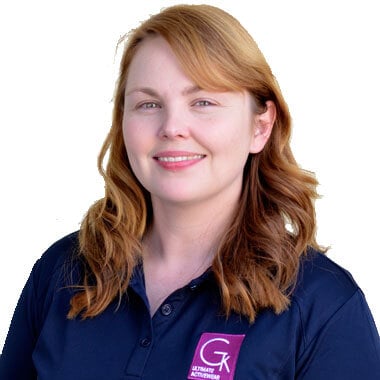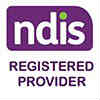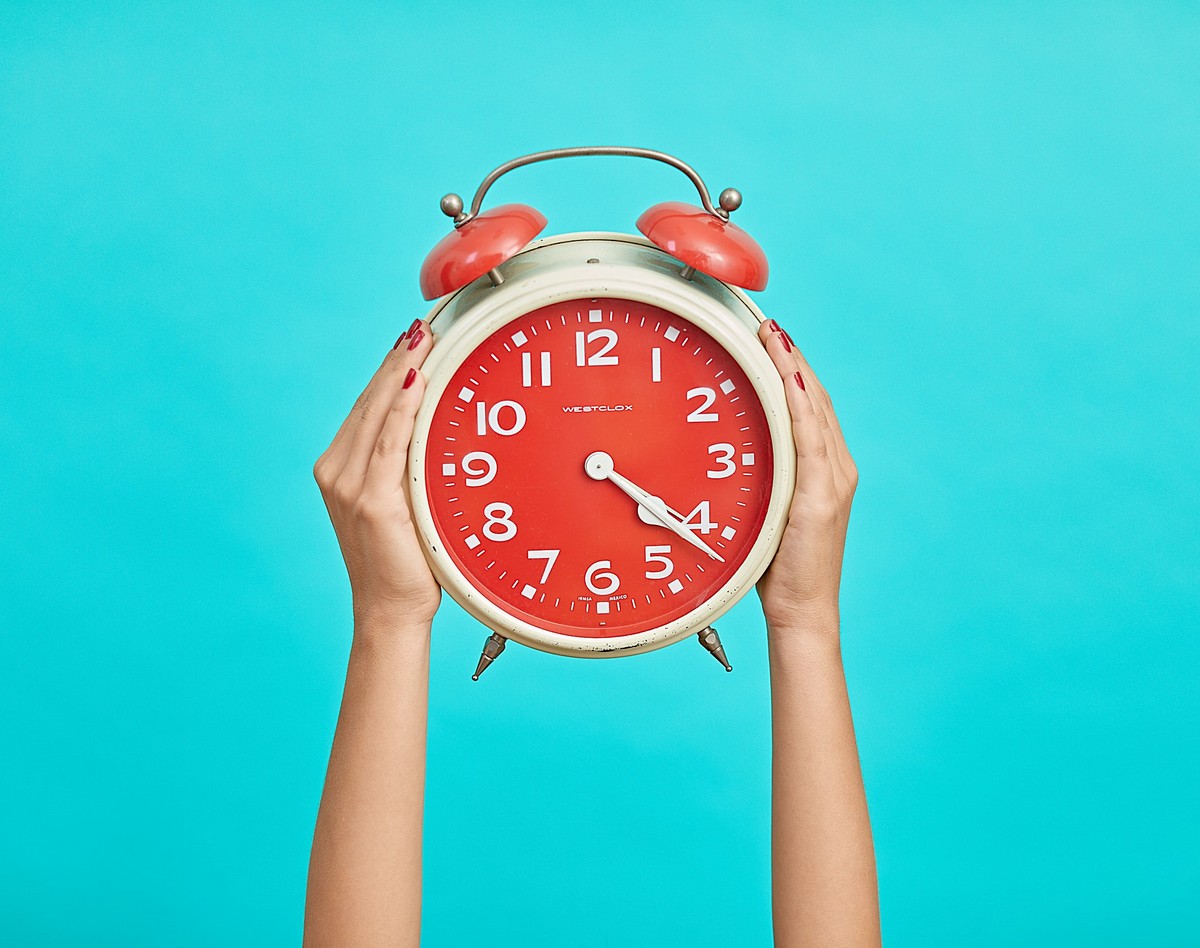
Over a 24-hour period, we spend parts of the day in various positions or support surfaces. We might spend eight hours in bed, two hours in a car commuting to work, eight hours in an office chair, and a few hours in an armchair at night, interspersed with periods of walking or exercise. A wheelchair user might have a slightly different breakdown of their 24-hour period, perhaps nine hours in bed, twelve hours in their wheelchair, and three hours in their supportive lounge chair at home.
Many of our clients present to us with some level of postural asymmetry. We spend a lot of time and effort reviewing their seated posture in their wheelchair to determine whether we can accommodate or correct, and how we can improve function while also improving posture. For many of our clients, a large part of their day is spent in bed, often without any postural supports in place. Let’s imagine a client who presents with a scoliosis. After a thorough MAT evaluation, the client’s seating is adjusted to correct their pelvic obliquity and lateral supports are used to support a more neutral trunk posture. But despite this, the scoliosis continues to progress and their carers report that their sleep quality has declined. It’s perplexing, as you’re thrilled with their posture in the wheelchair, but after reviewing their sleep set up at home, you can see that their tone and asymmetries extend to their lying posture, as you can observe the scoliosis as they lie in bed. Without addressing their sleeping posture, gravity and tone are still influencing the body’s position for many hours in the day and having a detrimental effect on their overall posture.
24-Hour Positioning is simply considering the needs of your client over the entire 24-hour period, providing the equipment and supports necessary to maximise function. We often use 24-Hour Positioning to specifically refer to sleep systems, and that’s what we’re primarily going to look at in this article, but it’s important to recognise that 24-Hour Positioning is not simply sleep systems and that it consists of looking at all tasks someone completes in a day, not only sleeping.
There is a reasonable body of evidence supporting the use of sleep systems, however large scale randomised control trials are lacking at this point and some of the evidence is case study based. It is important to note that some evidence is published by sleep system manufacturers.
The evidence reports a wide range of benefits, including:
Increase in sleep quality
The evidence supporting sleep systems increasing sleep quality is somewhat mixed, with one study reporting that no statistically significant difference in sleep disturbance was found by children using sleep systems, with the authors arguing that sleep disturbance should not be considered when choosing sleep systems8. This was also supported by Innocente (2014), who reported that although the average number of wakes per night was lower in children using the sleep system, this did not reach statistical significance4.
Other studies have found that sleep system users have had the same quality sleep or better2, 4, 11, 12, 13 however some of these were individual case studies.
Improved range of motion
Owens and Daly (2017) found that when sleep systems are consistently used, an improvement in range of motion in the lower limbs was achieved. They report that some improvements were considerable and contractures were reduced1. Similar findings have also been reported by Lockwood (2010)2. Sleep systems can also assist to prevent contractures, maintain functional positioning and maintain range of motion9.
Reduction in tone
Studies have reported a reduction in tone after using sleep systems4. Results have found that after using a sleep system for twelve months, children from 31 families aged between 9 months and 19 years were reported to be positioned straighter, slept as well or better, had reduced muscle tone and spasm, and some reported reduced pain4.
Improved positioning in wheelchair and mobile shower commode
A pilot study by Hankinson and Morton (2002) found that for users who could tolerate the sleep system, there were significant improvements in positioning for seating and toileting3,7,11.
Reduction in pain
Most studies have identified that the use of sleep systems is associated with a reduction in reports of pain7,5,4,10,13,15. Case studies have reported that after using a sleep system, the user was no longer crying out or groaning in pain2,12.
Easier morning routines
Multiple studies have found that the use of sleep systems have resulted in personal care tasks being easier to complete in the mornings due to a reduction in pain and increase in hip abduction for toileting and washing1,2,3,4,7,11,13.
Prolonging the need for orthopaedic intervention
Many of the clients we work with have the risk of hip migration. The use of sleep systems has been associated with an overall reduction in hip migration percentage3,5,7 and that children using sleep systems and other postural management equipment up to the age of five years had a significantly greater chance of both hips being less than 33% migrated at five years14.
Reduction in the risk of developing pressure injuries
Sleep systems can assist in decreasing the pressure on bony prominences and high pressure risk areas, such as the shoulders, pelvis and heels through a combination of the implementation of the sleep system and improved posture1,10. Through the positioning of the sleep system supports, high risk areas of the body can be offloaded, and pressures distributed amongst a larger surface area.
Reduction in the risk of respiratory infections through protection of body shape
Some case studies have found that secondary health issues that clients were experiencing, such as limited respiratory function, did reduce after the introduction of a sleep system13. However a study in 2013 found no consistent effects from sleep systems on ventilatory function, with some users having positive statistically significant differences in ventilator function and others experiencing a detrimental effect9. The study authors advised that sleep systems have potential benefits, but it is important that respiratory function is optimised, or at the very least not compromised, when they are introduced9.
Managing thermal comfort
Many sleep systems have technology built in to assist in regulating temperature. It is usually anticipated that sweating will increase with the use of a sleep system due to increase surface area contact against the body, however Innocente (2014) reported that some studies have found that body temperature was the variable that recorded the least change, possibly due to the temperature control technology build into many sleep systems4.
What about the functional impact?
The evidence outlined above shows the possible measurable effect of sleep systems, but what does this mean functionally?
When a decrease in pain, tone or spasm is achieved, occupational performance of functional tasks throughout the day can improve. A decrease in tone could lead to an increase in upper limb skills, enabling the client to achieve new goals.
An increase in comfort overnight usually leads to improved sleep quality, resulting in better performance during the day. Poor sleep can impair learning at school5, performance at work, affect communication skills and impact on participation during the day6. In addition, an increase in a client’s sleep quality can greatly improve the sleep quality of their carers, as they may have an increase in uninterrupted sleep10. Studies have shown that sleep system users can become more alert and happier during the day2.
For clients where an improvement in wheelchair and commode positioning is achievable, this can result in their equipment needs becoming less complex and costly. Generally, a person with complex postural asymmetries requires more custom and complex support in their wheelchair, which inevitably becomes more expensive. Introducing a sleep system can result in a decrease in their equipment costs over time.
An improvement in positioning during the day can also result in a reduced need for care support. For example, if a client is easier to position in their commode and their tone has reduced, then showering, toileting and dressing activities may only need the assistance of one rather than two carers, significantly reducing the cost of care1,2,7. Transfers can also become easier if tone is reduced as slings can be easier to fit, resulting in a decrease in time required for the transfer and the possible reduction of care staff required.
Finally, a sleep system provides the opportunity to use gravity to mould posture in a beneficial way, during a time where there are less functional demands on the client. This can be an ideal time for postural management. For children with cerebral palsy, sleep systems can be a valuable part of the treatment strategy as the time children spend in bed is an opportunity for relatively relaxed positioning of the muscles and joints, thus prolonging the effect of therapeutic intervention8.
These are just a few of the functional impacts that introducing a sleep system can have. To learn more about sleep systems, don’t hesitate to contact the GTK team to find out how we can help.
References
- Owens, K., & Daly, G. (2017). A study into the effectiveness of 24 Hour Postural Care in the Management of Contractures in Care Homes (Rep.). Middlesbrough: Middlesbrough Social Care. doi:https://www.symmetrikit.com/assets/contracture-management-in-care-homes---a-study-into-the-effectiveness-of-24hr-postural-care.pdf
- Case Study - Lockwood, C. Adult Positioning‐“M”‐Working to Correct a “Fixed Position.” 2010, Adult Positioning‐“M”‐Working to Correct a “Fixed Position,” www.symmetrikit.com/assets/adult-positioning-m.pdf
- Hankinson, J. & Morton, R.E. (2002) Use of a lying hip abduction system in children with bilateral cerebral palsy: a pilot study. Developmental Medicine & Child Neurology; 44(3):177–80.
- Innocente, R. (2014). Night time positioning equipment: A review of practices. New Zealand Journal of Occupational Therapy, 61(1), 13 – 19.
- Hill, C.M., Parker, R.C., Allen, P., Paul, A. & Padoa, K.A. (2009). Sleep quality and respiratory function in children with severe cerebral palsy using night-time postural equipment: a pilot study. Acta Pædiatrica, 98, 1809-1814.
- Gericke, T. (2006) Postural management for children with cerebral palsy: consensus statement. Developmental Medicine & Child Neurology;48(4):244.
- Wynn N, & Wickham J. (2009) Night-time positioning for children with postural needs: what is the evidence to inform best practice? British Journal of Occupational Therapy;72(12):543–50.
- Mol, E.M., Monbaliu, E., Ven, M., Vergote, M. & Prinzie, P. (2012). The use of night orthoses in cerebral palsy treatment: Sleep disturbance in children and parental burden or not? Research in Developmental Disabilities, 33, 341-349.
- Dawson, N.C., Padoa, K.A., Bucks, R.S., Allen, P., Evans, H., McCaughey, E. & Hill, C (2013). Ventilatory function in children with severe motor disorders using night-time postural equipment. Developmental Medicine & Child Neurology, 55, 751-757.
- Aburto, N., & Brown, S. (2014). Pilot research study into the effects of Sleep Systems on Quality of sleep, Pain and Joint range (Rep.). Hounslow Wheelchair Service. doi:https://www.medifab.com.au/knowledge-base/pilot-research-study-effects-sleep-systems-quality-sleep-pain-and-joint-range
- Neylon, S. (2013). Developing and testing the adaptability and utilisation of care workers as part of an interdisciplinary workforce model of Practice (Rep.). Abstract: “Developing and testing the adaptability and utilisation of care workers as part of an interdisciplinary workforce model of Practice” Healthworkforce Australia, Brightwater Care Group. doi:https://www.symmetrikit.com/assets/brightwater-abstract.pdf
- Case Study - John, New Hope Uganda. New Hope Uganda UK, 2009, John, New Hope Uganda, www.symmetrikit.com/assets/john-case-study..pdf.
- Case Study - Arnett, J. Symmetrikit and Positive Positioning Case Study. Positive Positioning Ltd, Symmetrikit and Positive Positioning Case Study, www.symmetrikit.com/assets/symmetrisleep-case-study---miss-s.pdf.
- Pountney, T.E., Mandy, A., Green, E., & Gard, P.R. (2009) Hip subluxation and dislocation in cerebral palsy - a prospective study on the effectiveness of postural management programmes. Physiotherapy Research International; 14(2), 116-127.
- Humphreys, G., King, T., Jex, J., Rogers, M., Blake, S., Thompson-Coon, J. & Morris, C. (2019). Sleep positioning systems for children and adults with a neurodisability: A systematic review. British Journal of Occupational Therapy, 82(1) 5–14



